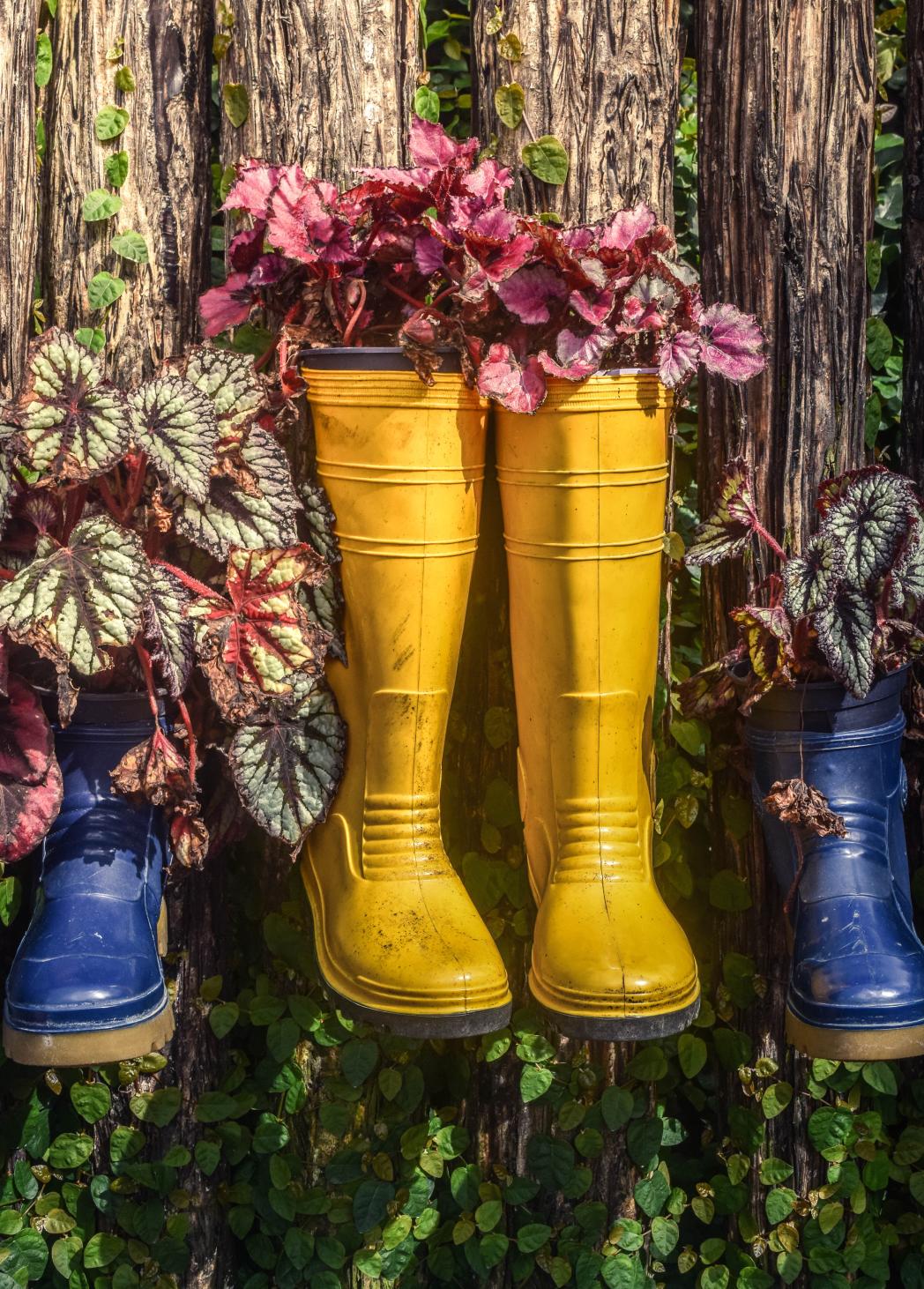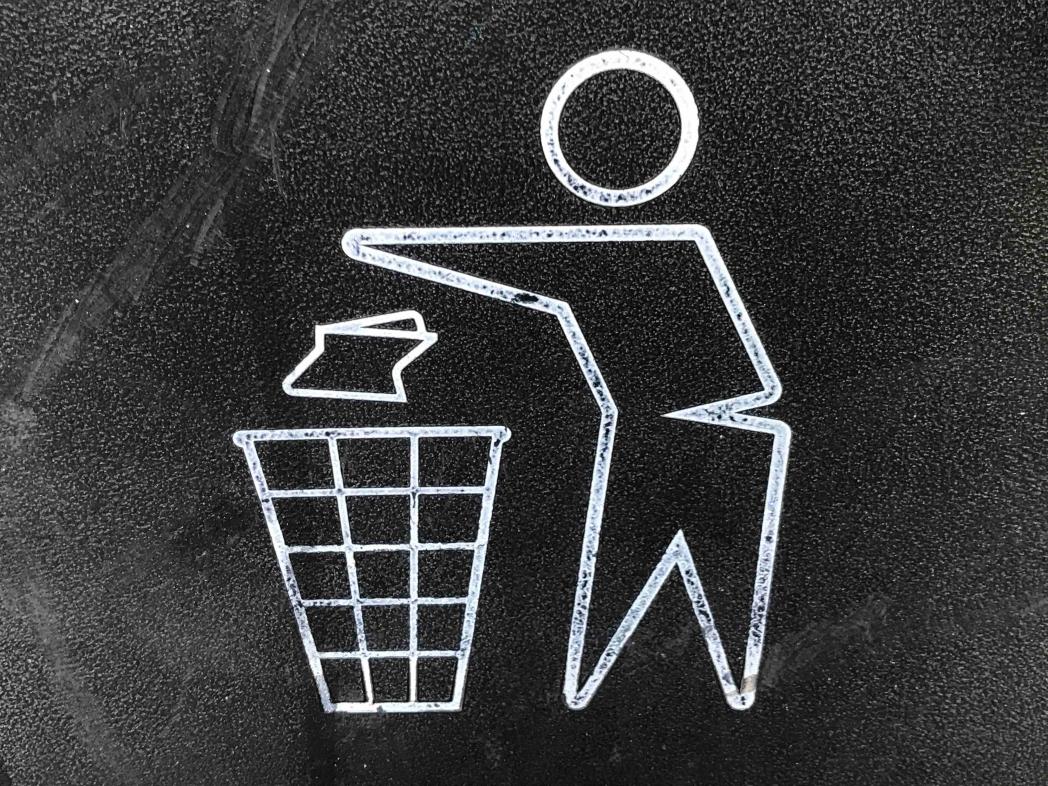Think before you buy
We all want to do the right thing for our world, but sometimes it can get pretty confusing. Putting things in the recycling is a good place to start. But is there a better way to reduce our waste?
The answer is yes! The first step is to think about waste when we’re about to buy something – not just when we’re about to recycle or throw things away.
We need to stop putting pressure on our world’s limited resources (such as water, energy, and raw materials like wood and minerals) by avoiding wasteful consumption. In other words, if you don’t really need something then don’t buy it! We all fall victim to adverts or offers for things we don’t need, so instead we can consciously say ‘no’ to over-consumption in the first place.
We can take this further by challenging ourselves to avoid buying anything new for a month, or seeing how long we can keep avoiding new items for.
Read on for loads more suggestions on how you can reduce waste.

Swap, don't shop
Instead of buying new items from shops and supermarkets, we can buy more second-hand (or pre-loved) items, or rent things we don’t need to own permanently.
Shopping second-hand is becoming popular – via digital apps and even in several high street shops. In a recent survey by Vinted, 65% of their users reported that more than a quarter of their wardrobe was second-hand clothing. [1]
buying an item second-hand reduces the environmental burden of producing something new. For example, buying a second-hand T-shirt saves the water, land and fertiliser needed to grow cotton, as well as the energy required to manufacture and ship that shirt around the world. It can avoid supporting unethical labour practices for workers too.
The environmental benefit can be much bigger when it comes to second-hand electronics. Buying used items avoids the need to mine additional precious minerals; it can also keep large appliances like fridges and washing machines in use for longer.
If an item is something you won’t use or wear very often, like a formal suit, dress, power tool or lawnmower, there are lots of options to rent them instead. You could even ask friends, family or neighbours if they have anything they could lend you instead. This helps us get to know our communities and reduces the environmental burden on our planet.

Reuse it
It’s not all about buying things though. We also need to make sure we keep what we have in good working condition. This means learning to repair what we own, or using high-street and online repair shops. For example, mending holes in clothing can be a simple task with the help of a YouTube tutorial! Or we can take shoes to cobblers and electronics to specialist repair shops.
If something is beyond repair but there’s still a little bit of life left in it, maybe you could upcycle it. For example, broken wellies can be transformed into planters, or an old pair of tights can become hairbands or food ties. A threadbare T-shirt could become a cleaning cloth. There are lots of great ideas available online.

Rehome it
It can be confusing to know what to do with items we no longer need. Should we give them to charity shops, or take them to recycling centres? The first step is to look at the condition of what you’re getting rid of and ask yourself: is it in good enough condition for someone to make use of it?
- If it’s in good condition, great, you should sell it or give it to someone who’ll use it. You can try second-hand shops, communities or apps to sell or give away your item.
- If you can’t find anyone to buy or take your item, you could donate it to charity or give it to friends or family. Other options include community events like swap shops, or donating to collections for refugees. It’s important that items are in good condition, not broken, damaged or stained as these count as ‘waste’. Donating waste items to charities would leave them having to use precious funds to dispose of them!
Sometimes people can make use of things even when they’re damaged. But always make it clear the item is broken when you’re selling or giving it away. For example, there are markets for broken electronics or things that can be used for parts to repair other items.

Recycle
Finally, we can all do more to support demand for recycled materials. Lots of us are very good at putting things in the recycling bin, but if we don’t buy items made from recycled materials it means that global demand for recycling won’t grow, and we risk our items going to landfill instead.
To improve demand for recycling we can make simple switches such as buying recycled toilet paper or bin bags, and support brands that use recycled packaging. Many clothing manufacturers are now making clothes out of recycled materials too, so if you need to buy something new, look for recycled fibres.
If you need to put items in the recycling, always check where and how to recycle it first by using Recycle Now [2]. This website shows what you can do with items, depending where you live.
Another top tip is to avoid contamination by ensuring your recycling is clean and dry – if what you’re putting in the recycling bin could make paper unrecyclable (i.e. wet, dirty or greasy) then clean it!
For more top tips and advice about recycling visit www.recyclenow.com to check what you can recycle where you live. And check out our recycle right challenge for more advise.
Sources
[1] Vinted https://company.vinted.com/sustainability
[2] Recycle Now www.recyclenow.com
